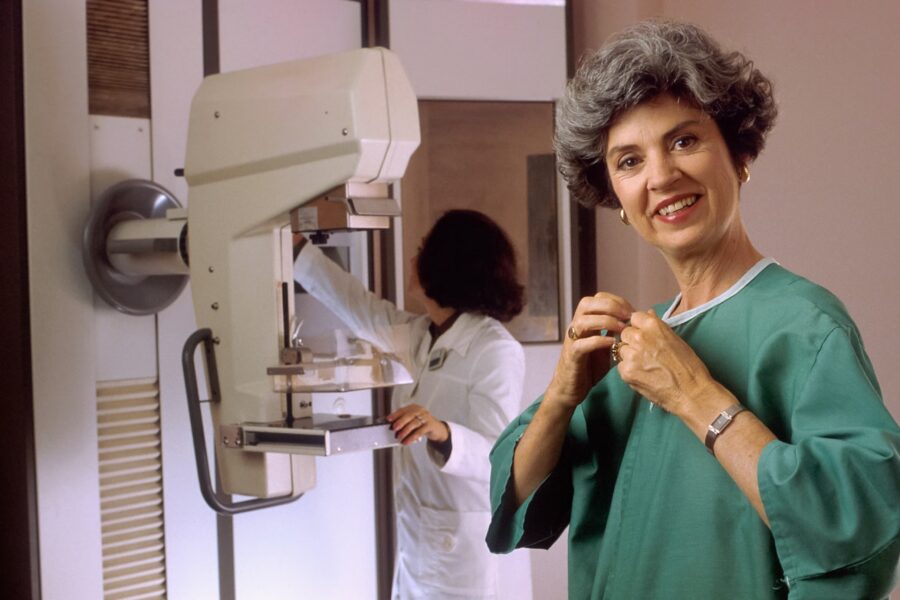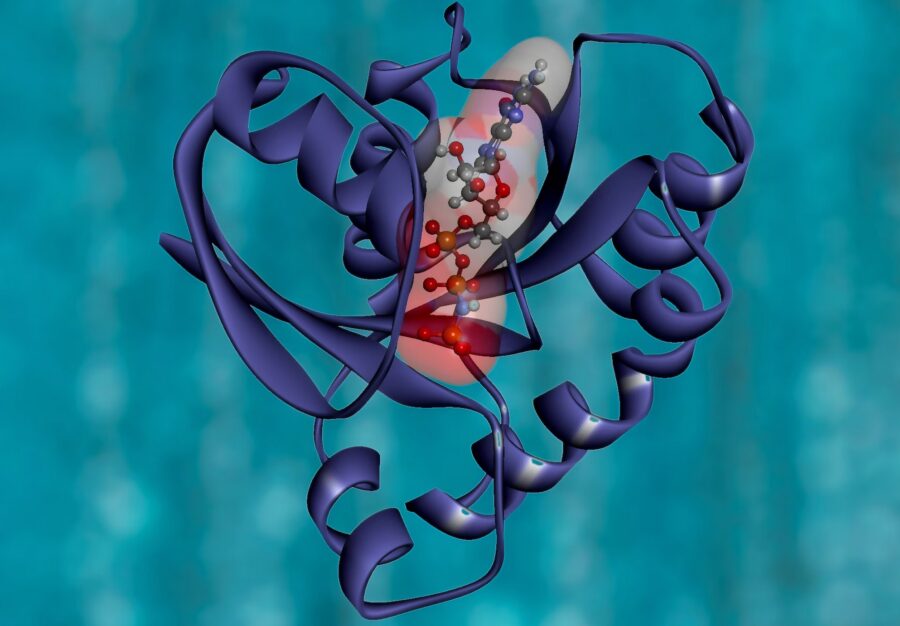Breast cancer is the most common type of cancer that women get, and you don’t need to be a woman to get breast cancer. Nearly 230,000 people in the United States were diagnosed with breast cancer in 2017, and more than 40,000 died from it. Seventy percent of cases are classified as either early-stage or stage zero. The other 30% are at least stage II.
What is Breast Cancer?
Breast cancer is a type of cancer that develops in the breast tissue. Breast cancer can occur in men and women, but it is much more common in women. The most common symptom of breast cancer is a lump or mass in the breast tissue. Breast cancer typically affects the ducts and lobules of the breast, but it can also affect other parts of the breast. Treatment for breast cancer depends on the stage of the disease and may include surgery, radiation therapy, chemotherapy, hormone therapy, and targeted therapy.

Types
There are four main types of breast cancer, each of which can be diagnosed using different tests and methods.
The first type is ductal carcinoma, which begins in the milk ducts and accounts for around 80% of all breast cancers. This type of cancer can be further divided into two subtypes: invasive and in situ. Invasive ductal carcinoma is the more aggressive form, as it can spread beyond the milk ducts into other parts of the breast tissue. In situ ductal carcinoma, on the other hand, is non-invasive and is therefore considered to be less serious.
The second primary type of breast cancer is lobular carcinoma, which begins in the milk-producing lobules and accounts for around 10-15% of all cases. This type of cancer can also be invasive or in situ, with the former being more serious.
The third type is Paget’s disease, which starts in the nipple and areola (the dark area surrounding the nipple). This rare breast cancer accounts for around 5% of all cases.
Finally, there is inflammatory breast cancer, a less common but more aggressive form of the disease that causes redness and swelling in the affected breast. Around 15% of all breast cancers are of this type.
Prognosis
The prognosis depends on the cancer stage at diagnosis, as well as the person’s age, health status, and response to treatment. The five-year survival rate is 90 percent for women diagnosed with early-stage disease. The survival rate falls to 72 percent when cancer has spread to nearby lymph nodes and to 23 percent when cancer has metastasized to distant organs. However, many women diagnosed with late-stage diseases go on to live long and healthy lives.

Breast Cancer Diagnosis
There are two main types of breast cancer, invasive and non-invasive. Invasive breast cancer means cancer has spread from where it began in the breast ducts or lobules to surrounding healthy tissue. Non-invasive breast cancer means the cancer is still confined to where it started.
There are a few different ways doctors can diagnose breast cancer. A mammogram is an X-ray of the breasts that can often find tumors too small to feel. An ultrasound test uses sound waves to create a picture of the inside of the breast. A biopsy is when a doctor removes a small tissue sample from the breast to look at under a microscope.
If you have been diagnosed with breast cancer, your doctor will stage the cancer to see how far along it is. Staging describes how much cancer there is in the body and where it is located. Your doctor will also use staging to help plan your treatment.
Treatment
There are many different types of treatment for breast cancer, and the best kind of treatment depends on the individual case. The most common treatments are surgery, radiation therapy, and chemotherapy.
Surgery is the most common type of treatment. Several types of surgery can be used to treat breast cancer, including lumpectomy, mastectomy, and breast reconstruction. Lumpectomy is the removal of the tumor from the breast, while mastectomy is the removal of the entire breast. Breast reconstruction is a surgical procedure to rebuild the shape of the breast after a mastectomy.
Radiation therapy uses high-energy waves to kill cancer cells. It is often used in combination with surgery or chemotherapy. Radiation therapy can be given externally or internally. External radiation therapy uses a machine outside of the body to direct radiation to the cancer cells. Internal radiation therapy uses a radioactive substance placed inside the body near the cancer cells.
Chemotherapy uses drugs to kill cancer cells. Therapy can be given intravenously or orally. Intravenous chemotherapy is injected into a vein, while oral chemotherapy is taken in pill form. Chemotherapy is often combined with other treatments, such as surgery and radiation therapy.

Prevention
You can do many things to reduce your risk of breast cancer. Some lifestyle choices like smoking and drinking alcohol can increase your risk, so it’s essential to avoid these if possible. Eating a healthy diet and maintaining a healthy weight is also critical for prevention. Additionally, you can talk to your doctor about getting genetic testing or taking preventive medication if you have a high risk of developing breast cancer.
Also read: Get Best Healthcare Coverage With Medicare Supplement Plans

